Interest rates might rise faster than expected – what does that mean for your money?
The idea that the US Federal Reserve could raise interest rates much earlier than anticipated has upset the markets. John Stepek explains why, and what it means for you.

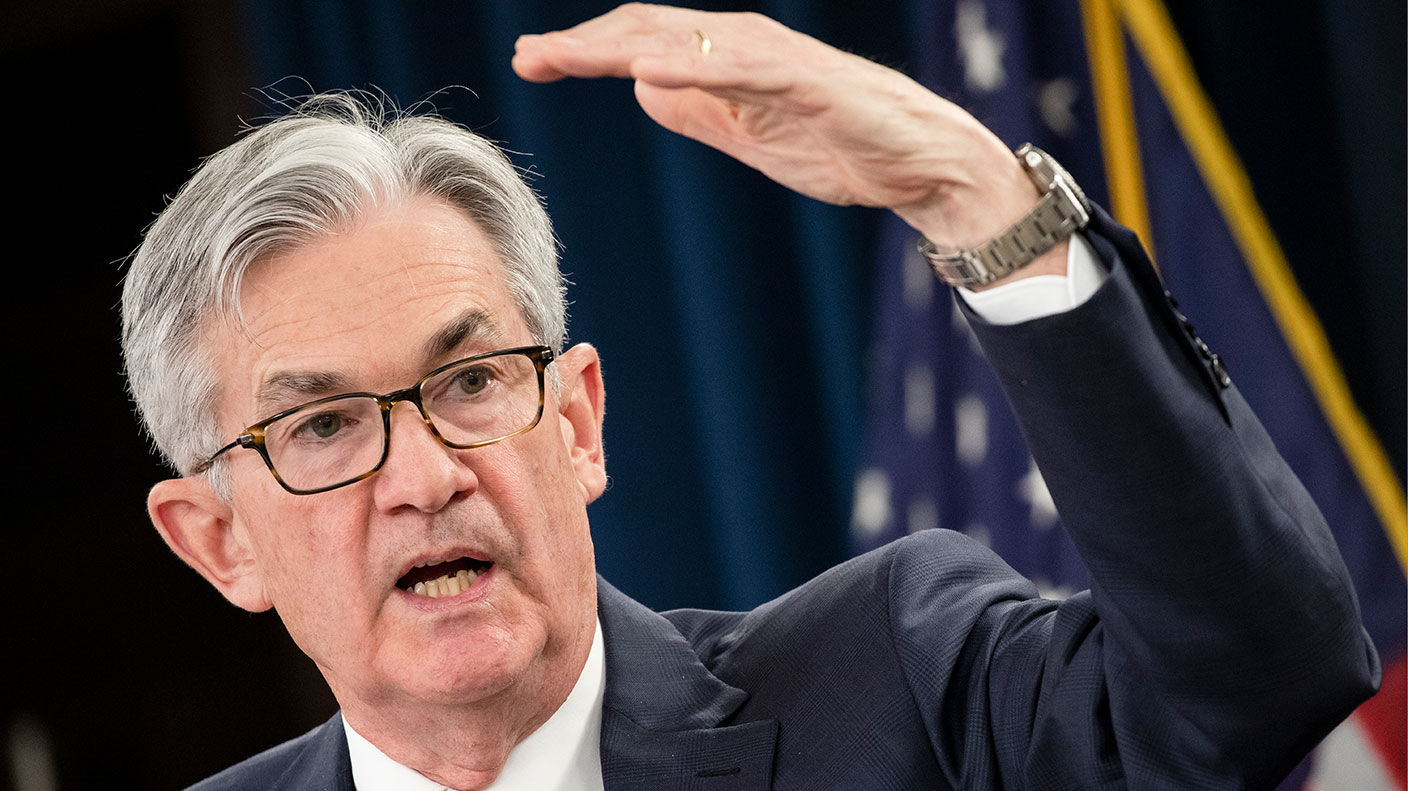
The US Federal Reserve – the world’s most important central bank – released the minutes from its December meeting yesterday.
Suffice to say, markets did not like it one little bit.
The Nasdaq index fell by more than 3% – its worst single-day loss since February last year. The S&P 500 was down nearly 2%.
MoneyWeek
Subscribe to MoneyWeek today and get your first six magazine issues absolutely FREE

Sign up to Money Morning
Don't miss the latest investment and personal finances news, market analysis, plus money-saving tips with our free twice-daily newsletter
Don't miss the latest investment and personal finances news, market analysis, plus money-saving tips with our free twice-daily newsletter
Why? As usual, it’s the threat that the punch bowl might be swept away.
Higher interest rates are hard to argue with but markets won’t like it
At its last meeting, the US central bank, the Federal Reserve, said it would reduce its money printing at a faster pace. It also implied that interest rates would rise more rapidly in 2022 than it had previously thought.
None of those things came as a surprise to markets at the time, and there wasn’t a massive reaction.
However, yesterday the Fed released the minutes of that meeting. Some of the thinking that went into the decision has made investors rather less comfortable.
Long story short, the minutes imply that the Fed thinks the US economy is strong enough to bring a halt to this period of emergency interest-rate policy. Indeed, interest rates could rise more quickly than expected.
And, really, who can blame them? Employment is strong. Omicron is a fly in the ointment, but it appears to be milder than previous variants, and we’re also getting to the point where we have to start thinking about how to live with this thing. And of course, there’s the small matter of inflation being at its highest level since the 1980s.
However, on top of that, some Fed members are even thinking about reducing the size of the Fed’s balance sheet. In other words, they would embark on QT – quantitative tightening – where they sell the US government bonds they own.
In theory, that implies higher interest rates, though in practice the relationship between quantitative easing and bond yields is a complicated one. But one way or the other it implies tighter monetary policy, and more importantly, a more hawkish mentality for the Fed than markets have seen for a very long time.
On the one hand, this is good news because it suggests that the Fed thinks the economy really is strong enough to warrant higher interest rates.
However, if you accept the premise that ultra-low interest rates are at least partly responsible for historically high (or record in some cases) market valuations, then it’s only logical to expect that tighter monetary policy will dent those valuations. And so that’s what we saw yesterday.
This fear has been rattling markets for a while
In fact, although yesterday saw one of the most headline-grabbing drops that we’ve seen in a while, the reality is that this process – the reluctant acceptance that tighter monetary policy is on its way, and that this is bad news for the hottest growth stocks – has been happening for a while.
The “buy-the-dip” mentality dies hard, but it looks to me as though that process is well underway. It’s not exactly grabbed headlines, but the most rate-sensitive parts of the market have collapsed already.
Cathy Wood’s ARK Innovation ETF, which is heavily invested in “jam tomorrow” stocks, is down 11% already this year. The “non-profitable tech index” from Goldman Sachs, which does just what it says on the tin, is down nearly 10%.
And as we noted earlier this week, the IPO boom of 2021 hasn’t translated into good returns for the investors in said IPOs.
So the Nasdaq sliding is more of a spreading of this rate malaise, rather than something new.
There are still lots of questions. This is a year of transition – how will it pan out? There’s an argument that inflation might moderate just as the Fed is raising rates. While I’m a long-term inflationista, I can see that this is certainly possible. But it’s hard to imagine getting to the point where inflation is so low that the Fed decides that it’s mission accomplished.
There’s a risk that rising rates cause a wider bear market, particularly if people start to worry about how governments will repay their debts. Would the Fed be happy to watch in silence if a proper bear market erupts and the Treasury market falls into turmoil? No chance. But by that point, your rate-sensitive stocks will be a lot lower than they are today.
We’ll just need to wait and see. So what should you do in the meantime? The same thing I always say – don’t panic and stick to your plan. We’ve been telling you to stick to cheap stuff, hold some gold, hold some cash, and to make sure you have a watch list so you’re ready to take advantage of any opportunities you spot.
I’d stick with that. If we get a “proper” sell-off, then it’s unrealistic to think that other global markets wouldn’t get swept up in the turmoil.
But some companies will survive and even thrive in either an inflationary or even a stagflationary environment – and most of those are likely to be numbered among the ones who have struggled during this ultra-low rate environment.
So stay calm, stick to your plan (or get a plan if you haven’t already got one), and let’s see how things unfold from here.
(Probably not a bad time to subscribe to MoneyWeek magazine as well – six issues for free, right here).
Get the latest financial news, insights and expert analysis from our award-winning MoneyWeek team, to help you understand what really matters when it comes to your finances.
John Stepek is a senior reporter at Bloomberg News and a former editor of MoneyWeek magazine. He graduated from Strathclyde University with a degree in psychology in 1996 and has always been fascinated by the gap between the way the market works in theory and the way it works in practice, and by how our deep-rooted instincts work against our best interests as investors.
He started out in journalism by writing articles about the specific business challenges facing family firms. In 2003, he took a job on the finance desk of Teletext, where he spent two years covering the markets and breaking financial news.
His work has been published in Families in Business, Shares magazine, Spear's Magazine, The Sunday Times, and The Spectator among others. He has also appeared as an expert commentator on BBC Radio 4's Today programme, BBC Radio Scotland, Newsnight, Daily Politics and Bloomberg. His first book, on contrarian investing, The Sceptical Investor, was released in March 2019. You can follow John on Twitter at @john_stepek.
-
 ‘Why I have ditched my Help to Buy ISA for cash savings and the stock market’
‘Why I have ditched my Help to Buy ISA for cash savings and the stock market’Without the 25% bonus, my Help to Buy ISA is effectively redundant, says MoneyWeek writer Sam Walker.
-
 Is your inheritance tax allowance cut if you sell to downsize or sell your home to pay for care?
Is your inheritance tax allowance cut if you sell to downsize or sell your home to pay for care?Downsizing relief is a little-known benefit that could save your loved ones tens of thousands of pounds in inheritance tax after you’ve died.
-
 Canada will be a winner in this new era of deglobalisation and populism
Canada will be a winner in this new era of deglobalisation and populismGreg Eckel, portfolio manager at Canadian General Investments, selects three Canadian stocks
-
 'Governments are launching an assault on the independence of central banks'
'Governments are launching an assault on the independence of central banks'Opinion Say goodbye to the era of central bank orthodoxy and hello to the new era of central bank dependency, says Jeremy McKeown
-
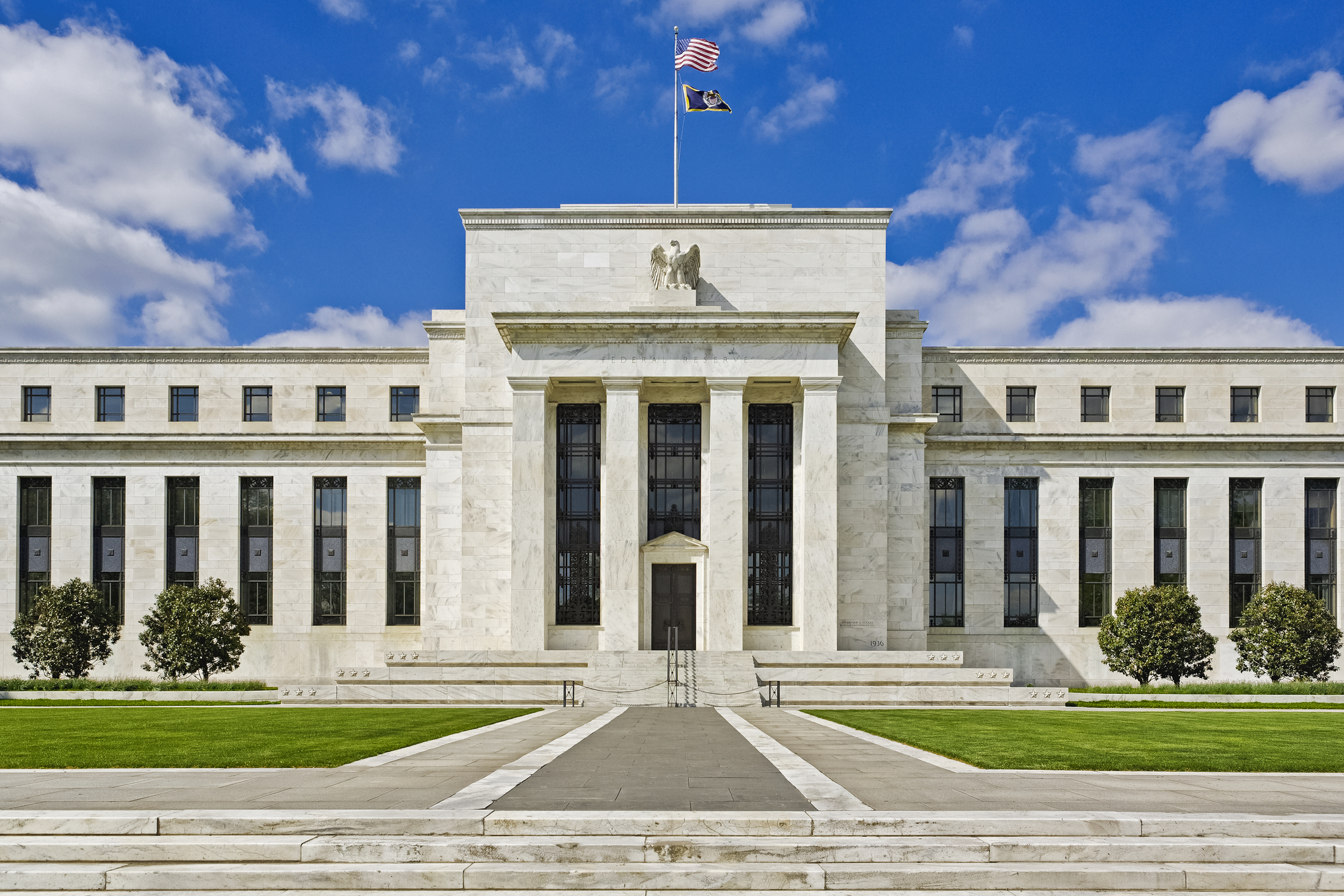 Do we need central banks, or is it time to privatise money?
Do we need central banks, or is it time to privatise money?Analysis Free banking is one alternative to central banks, but would switching to a radical new system be worth the risk?
-
 Will turmoil in the Middle East trigger inflation?
Will turmoil in the Middle East trigger inflation?The risk of an escalating Middle East crisis continues to rise. Markets appear to be dismissing the prospect. Here's how investors can protect themselves.
-
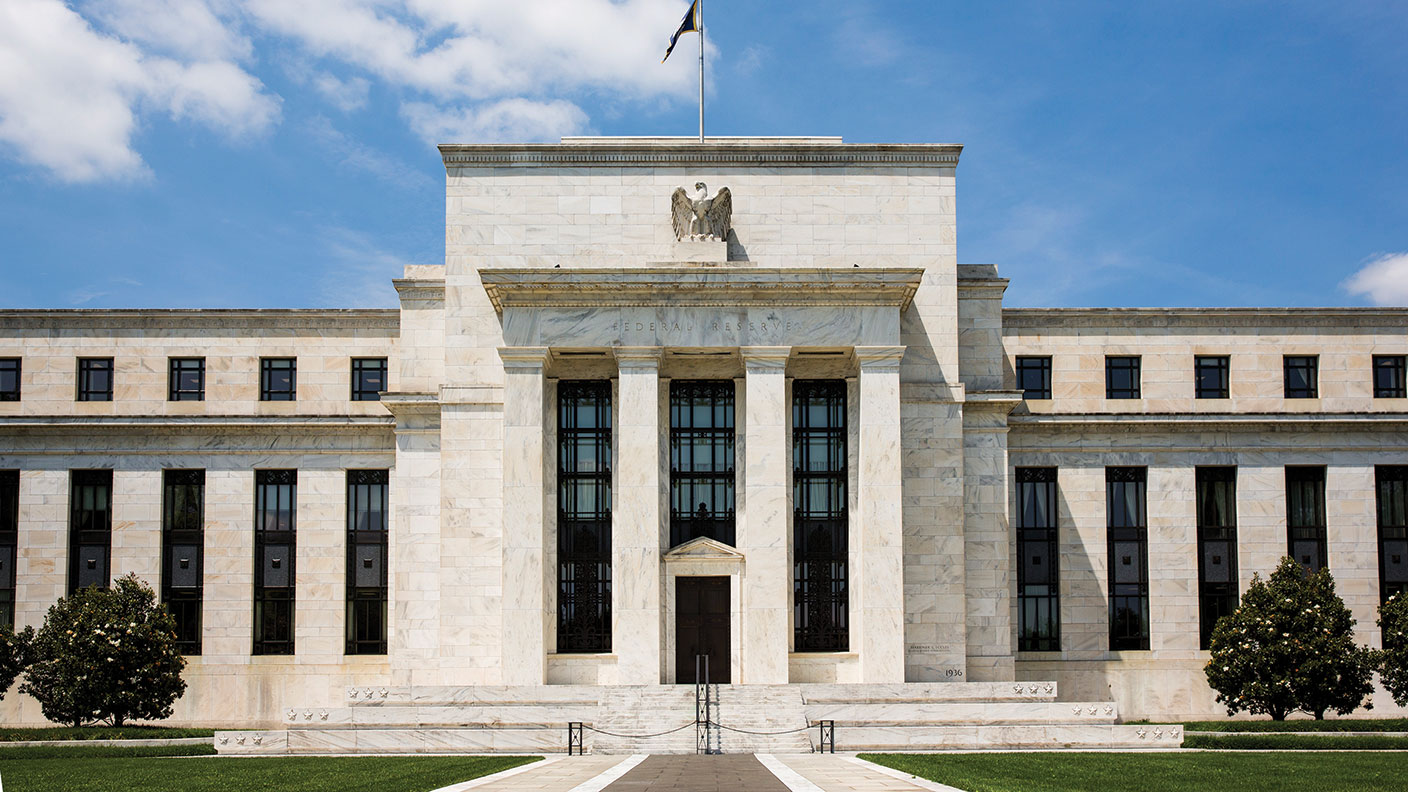 Federal Reserve cuts US interest rates for the first time in more than four years
Federal Reserve cuts US interest rates for the first time in more than four yearsPolicymakers at the US central bank also suggested rates would be cut further before the year is out
-
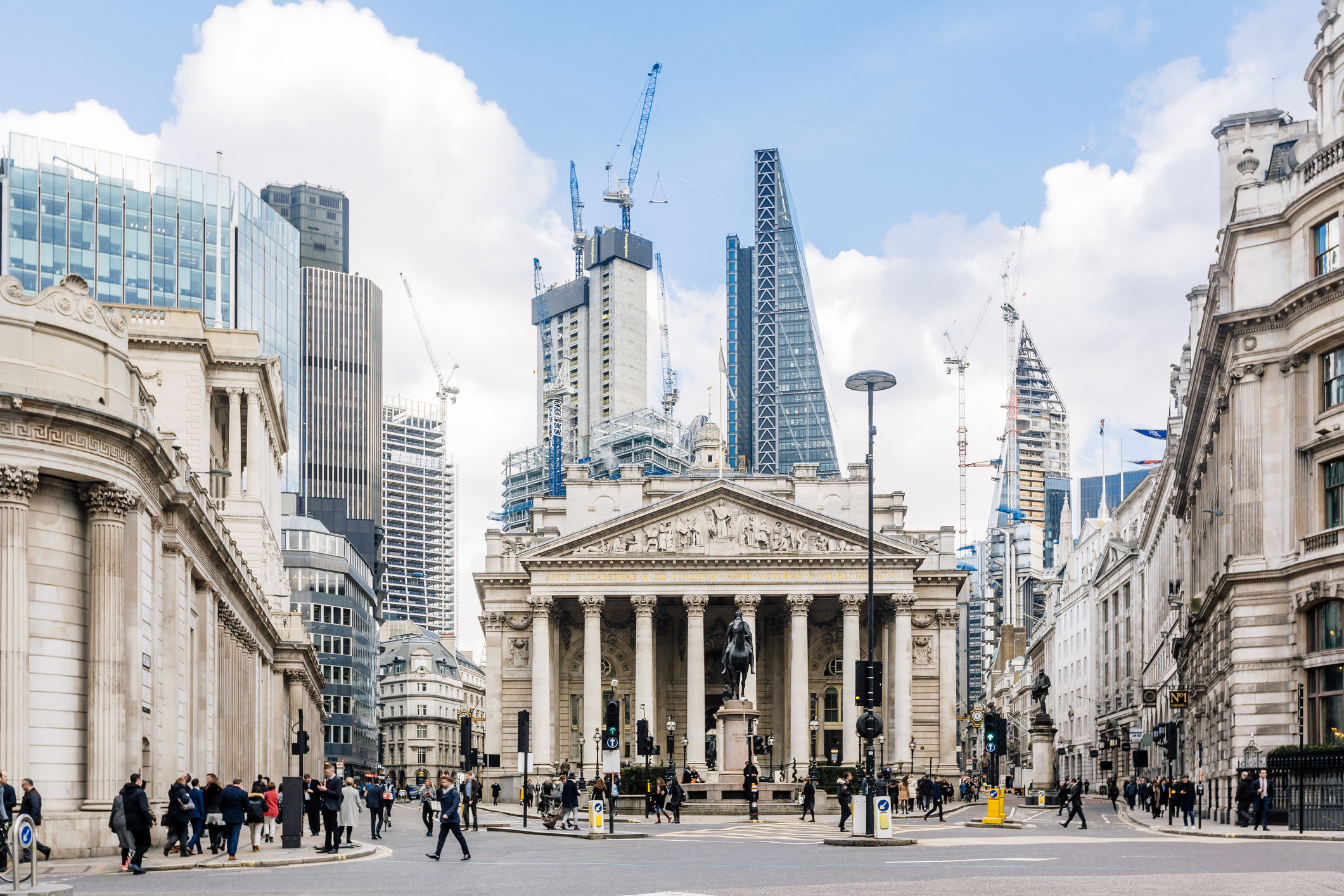 The Bank of England can’t afford to hike interest rates again
The Bank of England can’t afford to hike interest rates againWith inflation falling, the cost of borrowing rising and the economy heading into an election year, the Bank of England can’t afford to increase interest rates again.
-
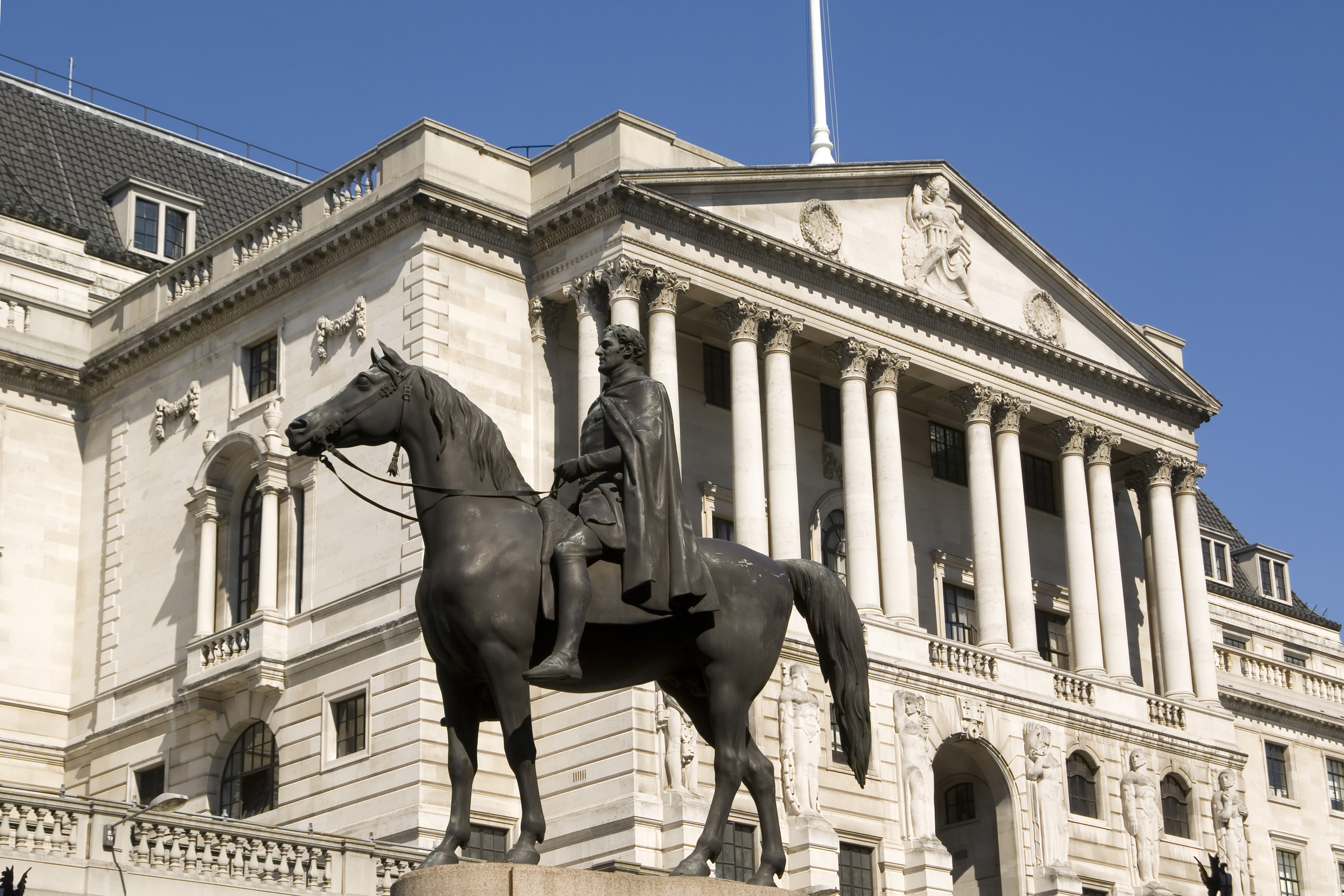 Interest rates held at 5.25% again
Interest rates held at 5.25% againThe Bank of England has kept rates at 5.25% again, in a widely anticipated move. We look at what it means for your money - and what the Bank’s next move could be
-
 US inflation rises to 3.7% as energy prices surge - will the Fed hike rates?
US inflation rises to 3.7% as energy prices surge - will the Fed hike rates?US consumer price index rose in August but markets do not expect a rate hike this month
